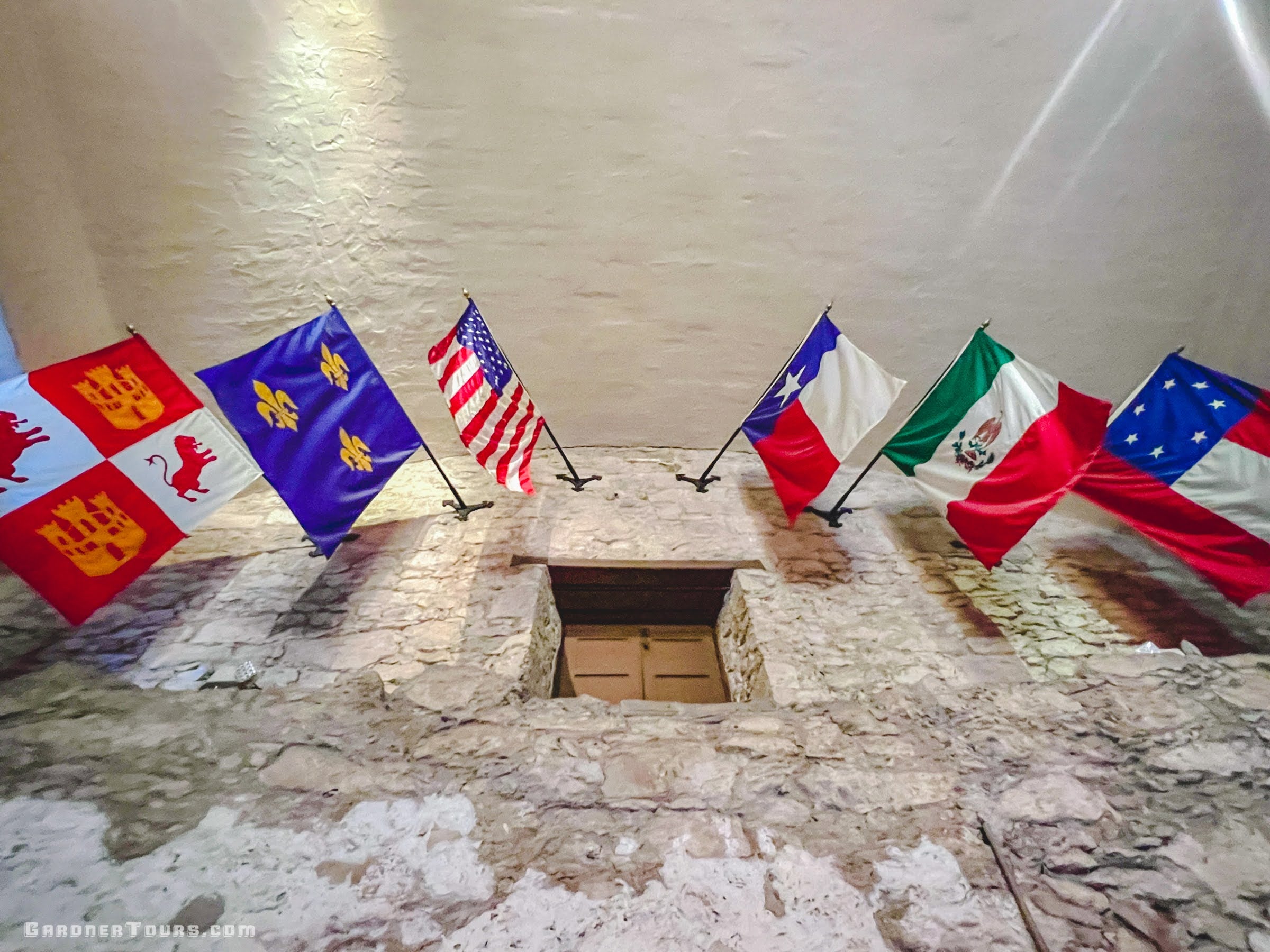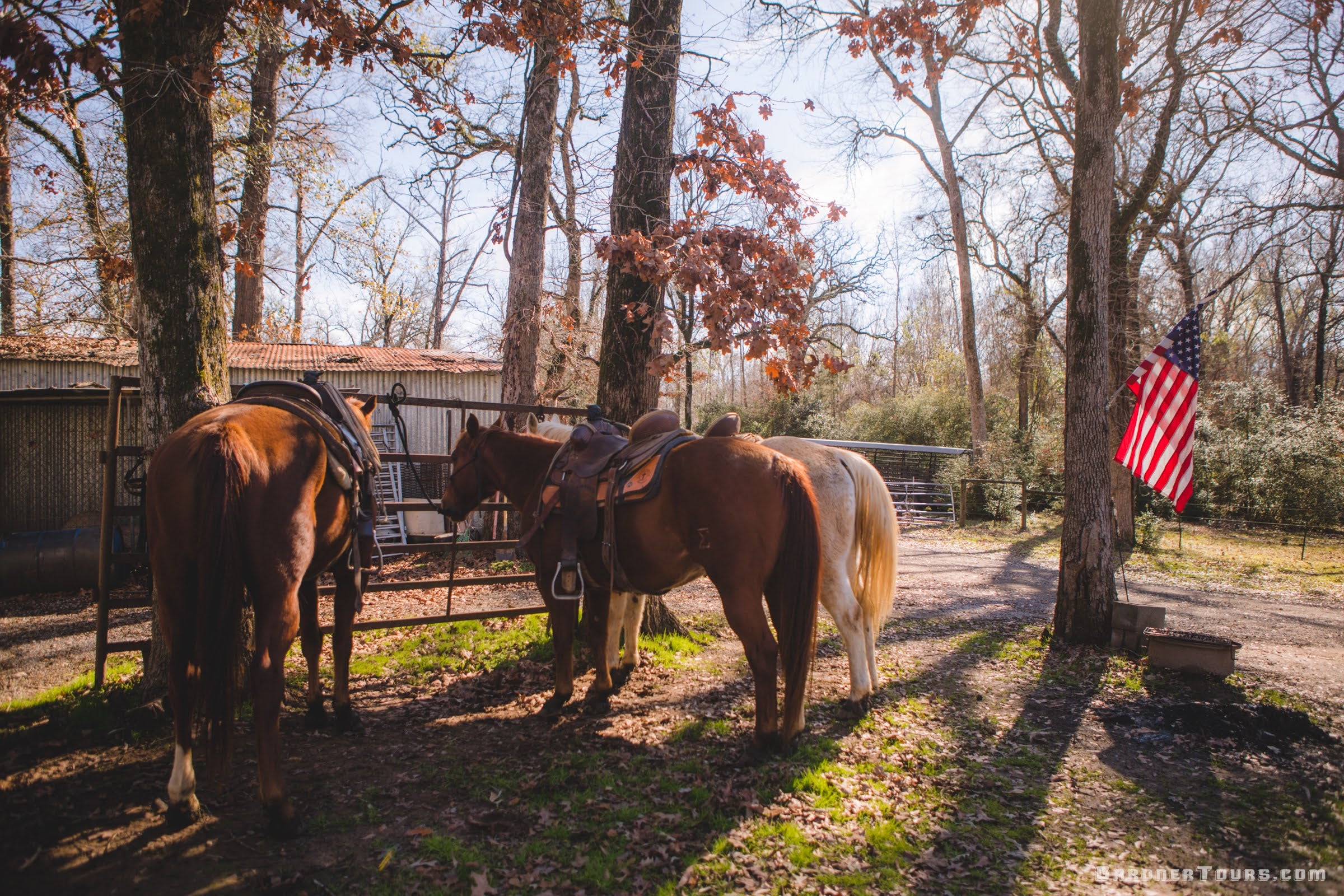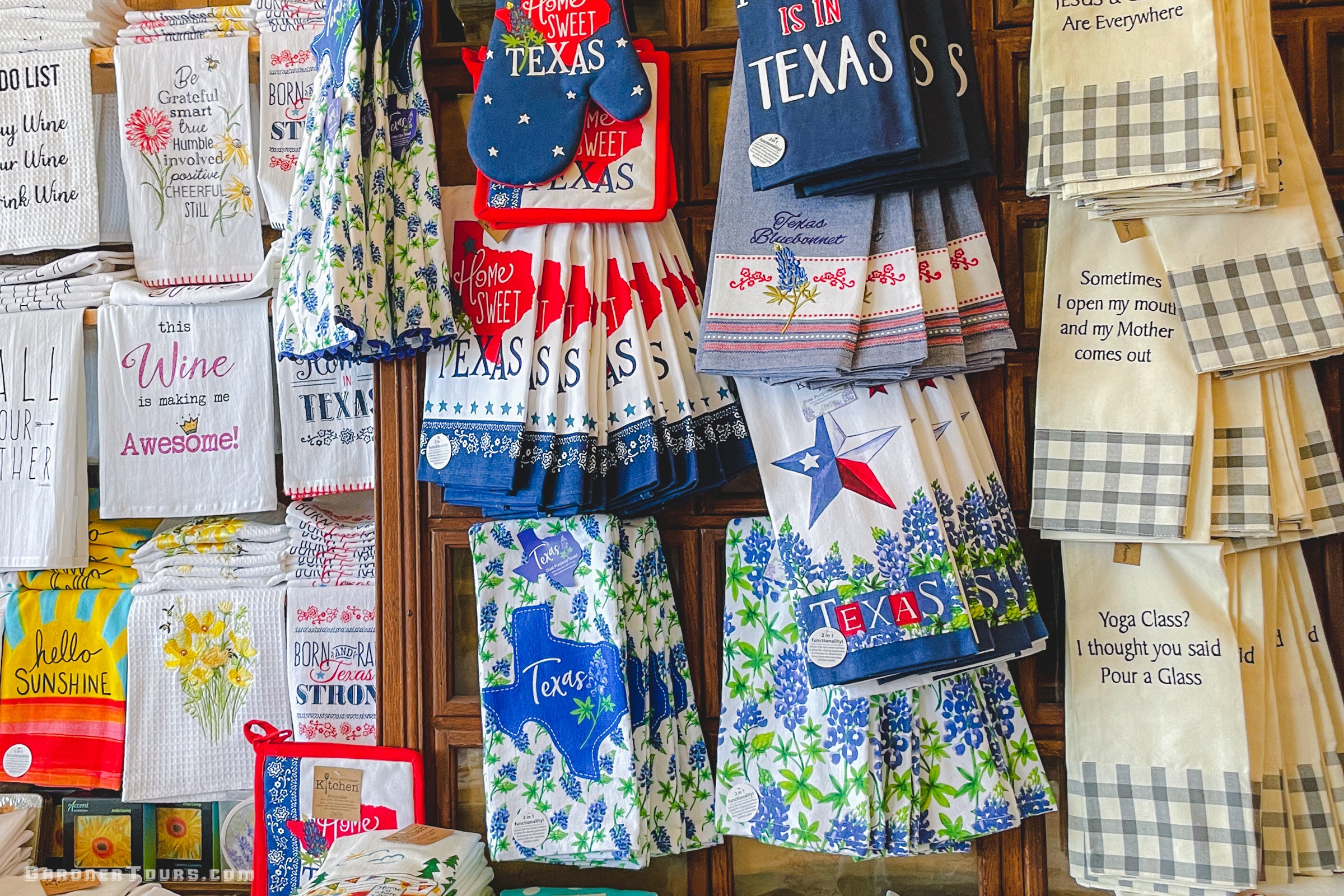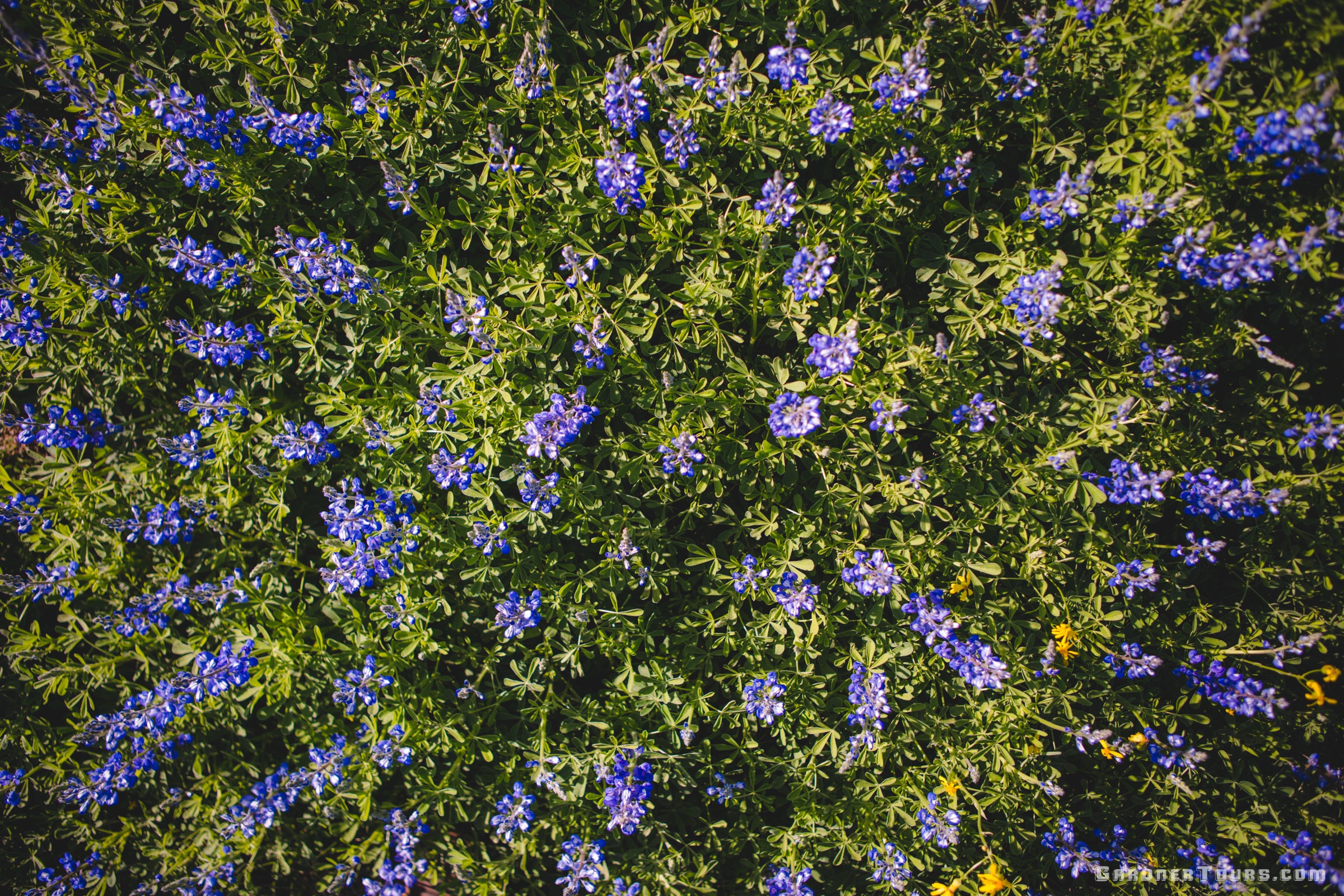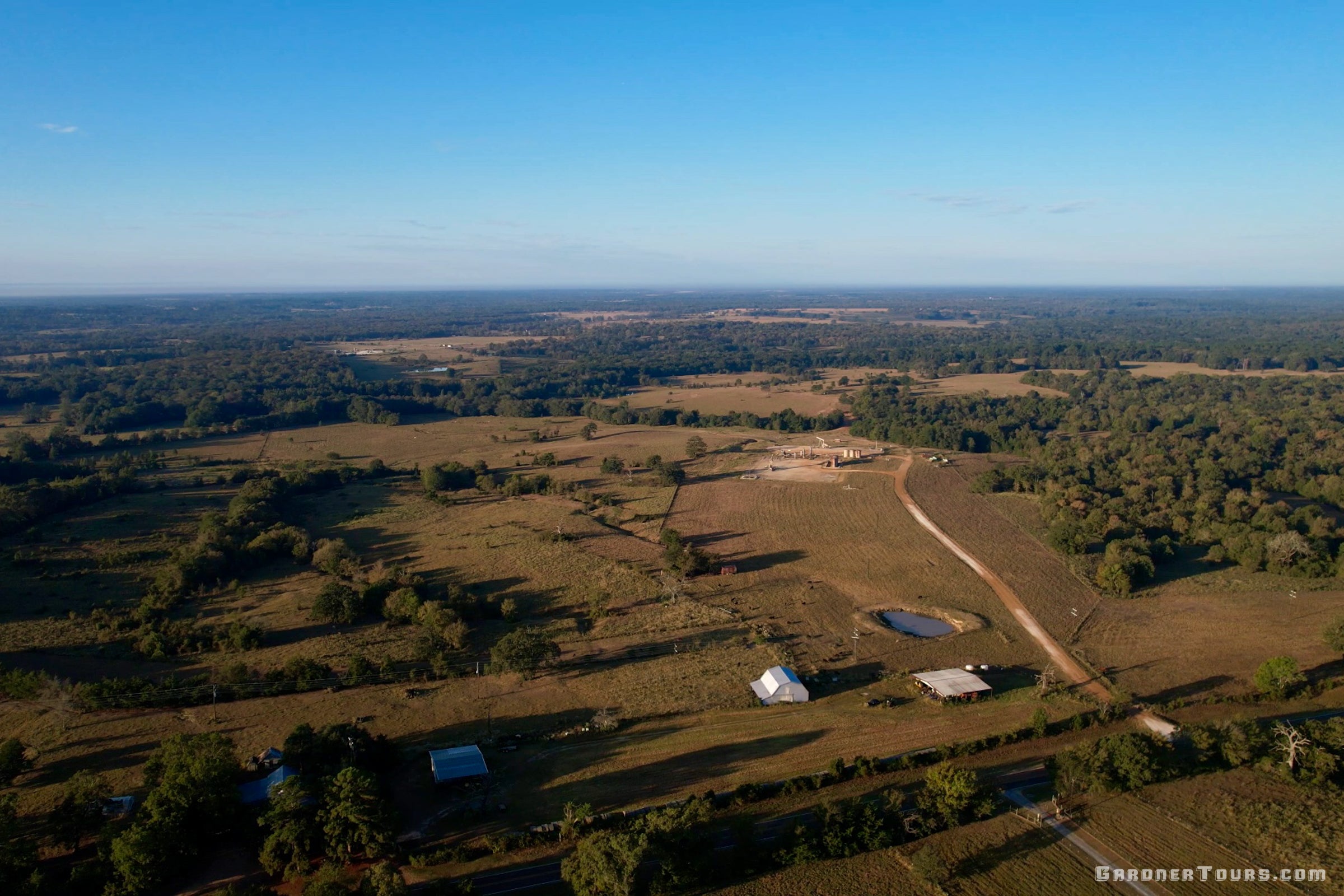Most Intriguing Facts About Texas
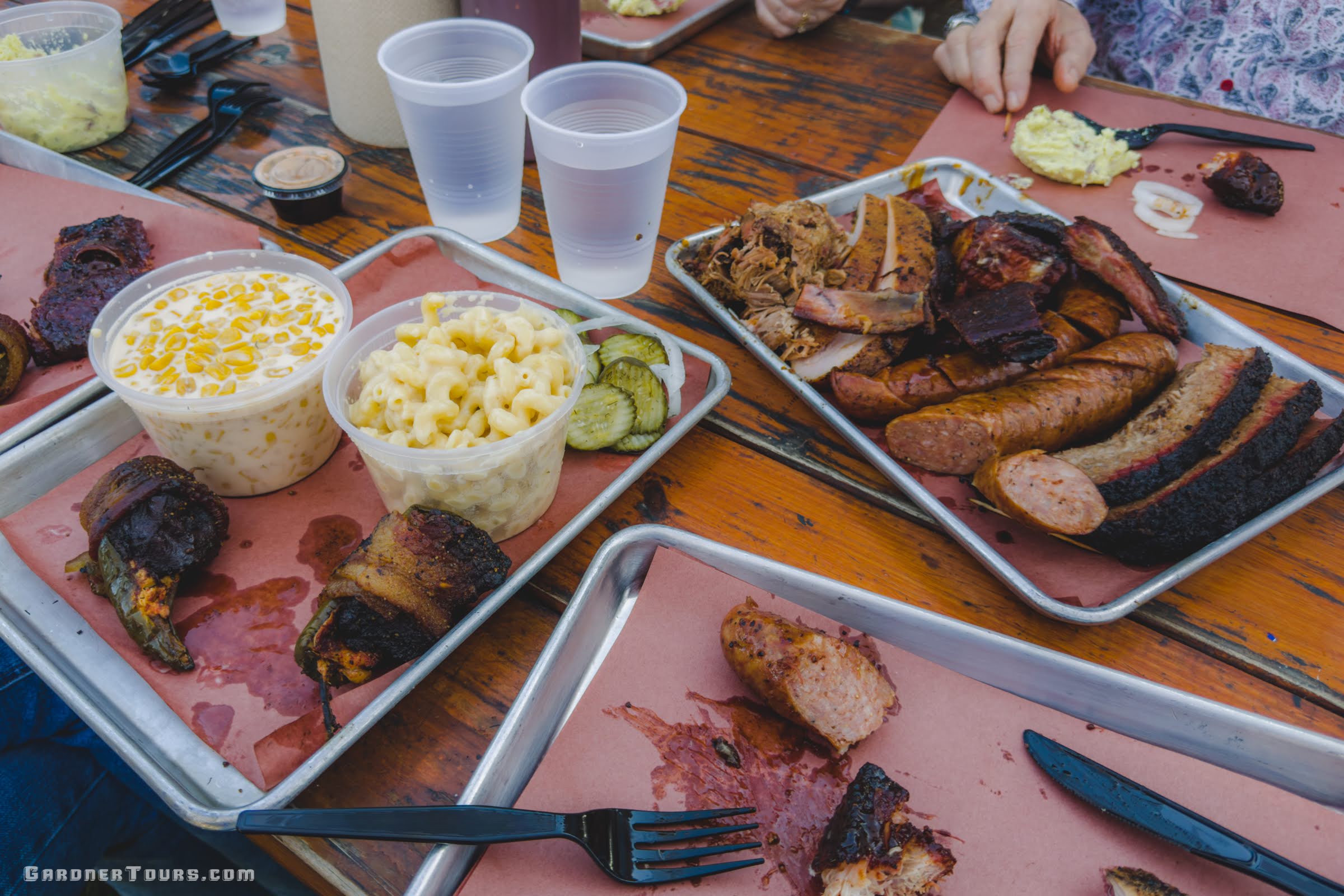

Texas BBQ & Steakhouses
Early Peoples & Indigenous Cultures
European Exploration, Spanish & Mexican Eras
Texas Revolution & Republic Era
Statehood, Conflict & Growth
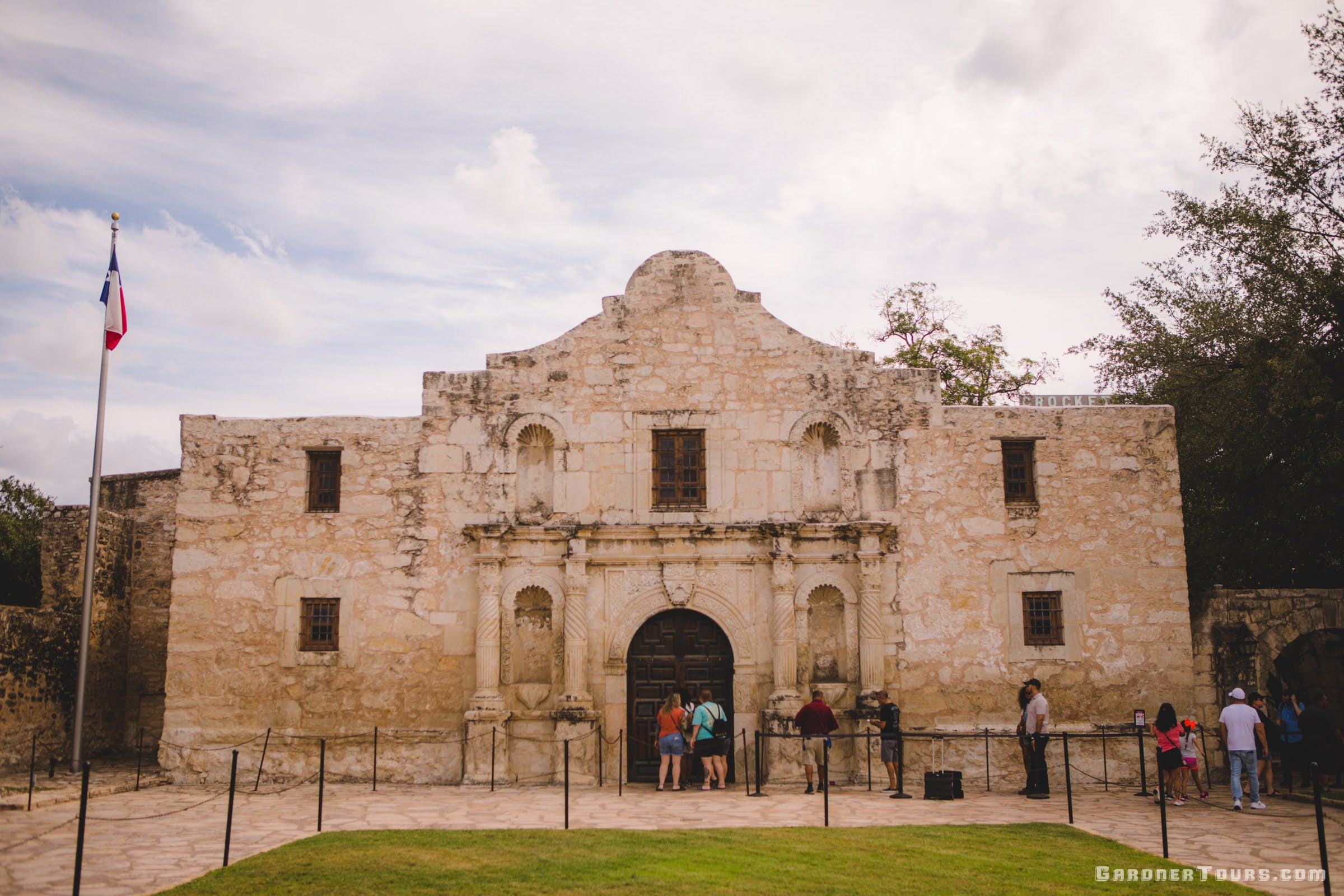

Railroad, Oil, & Modern Economy
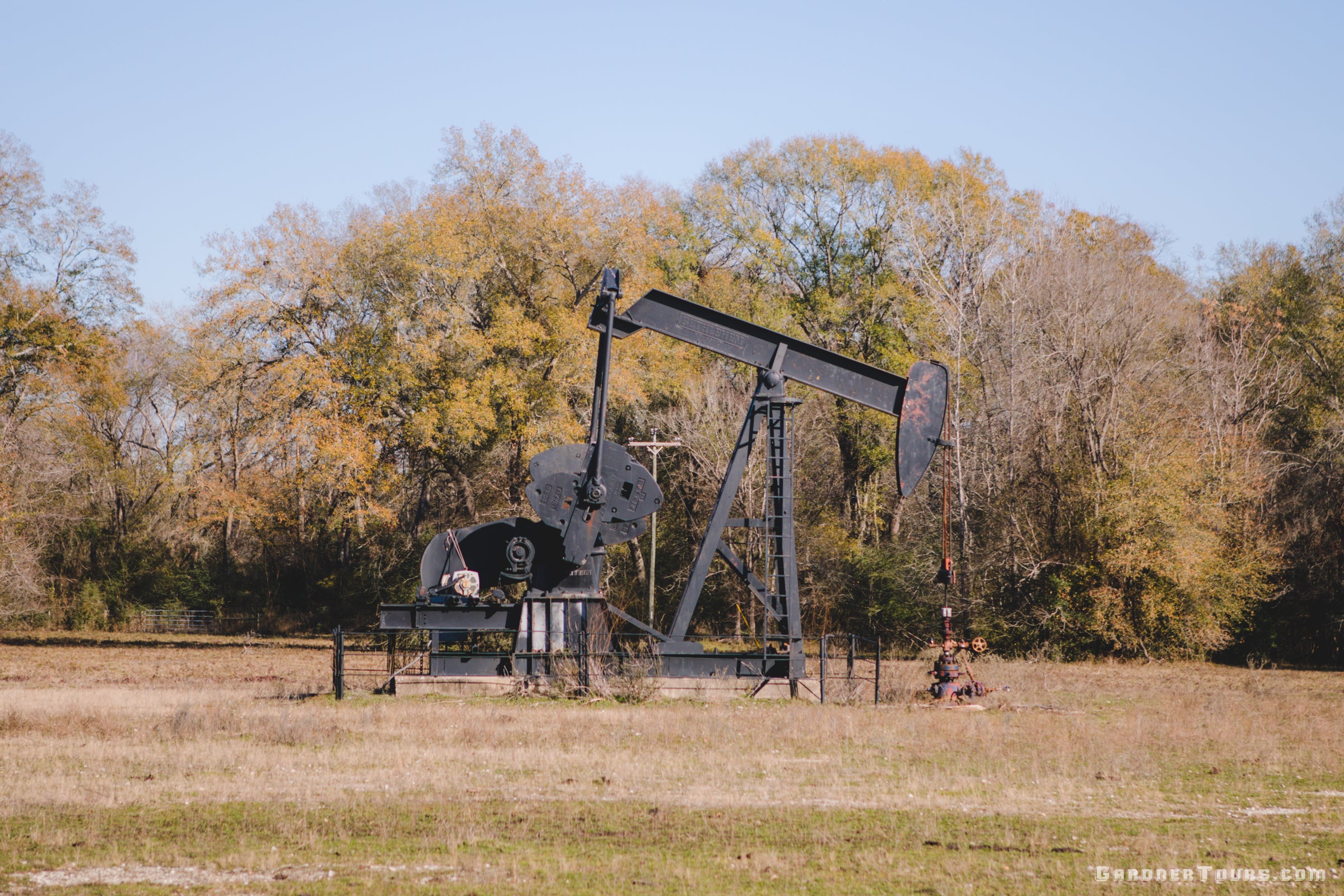

Culture, Symbols & Facts
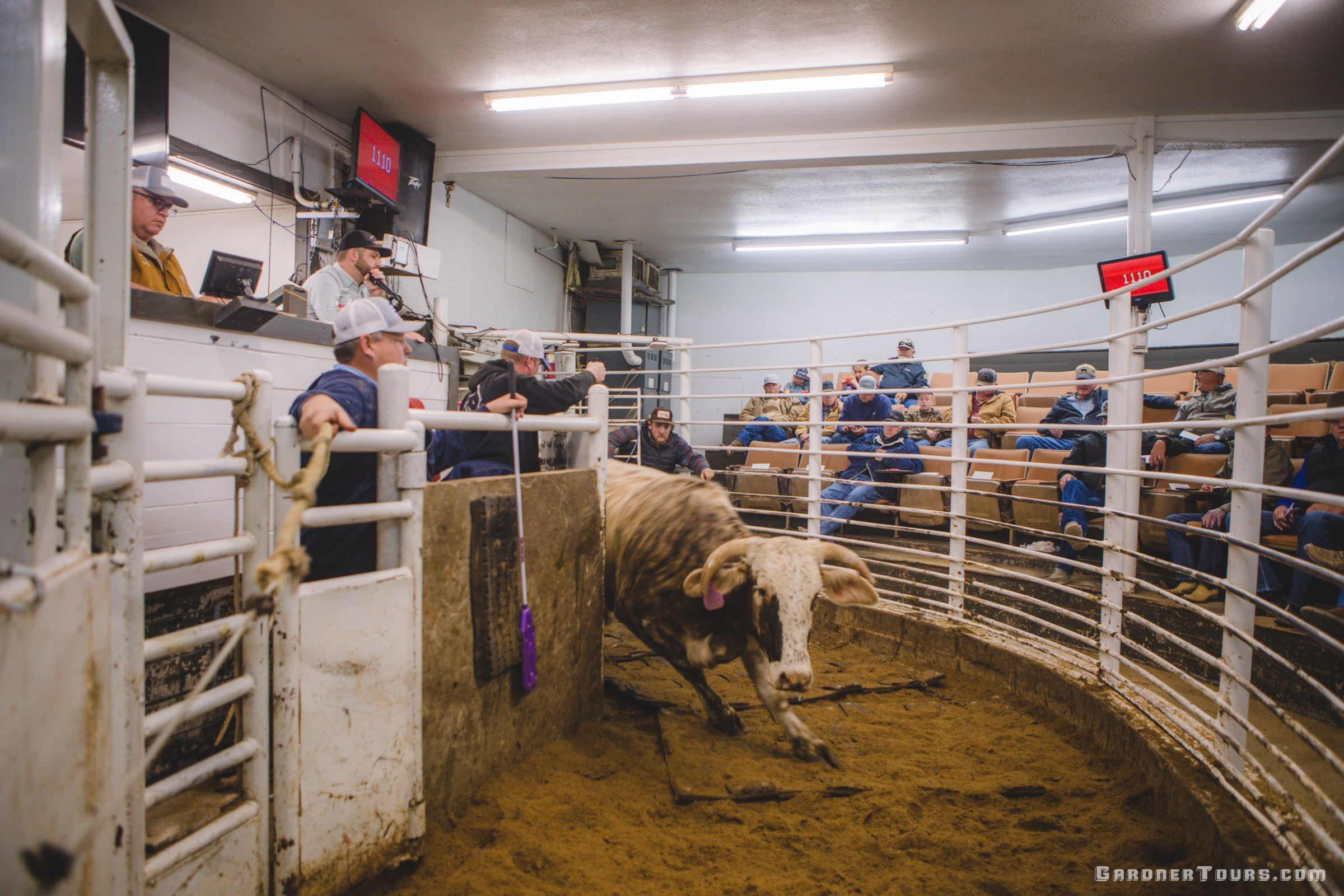

Texas Today
We are looking forward to serving you!
If you have any questions, please contact us!
Please utilize the following pages in preparation for your tour.

